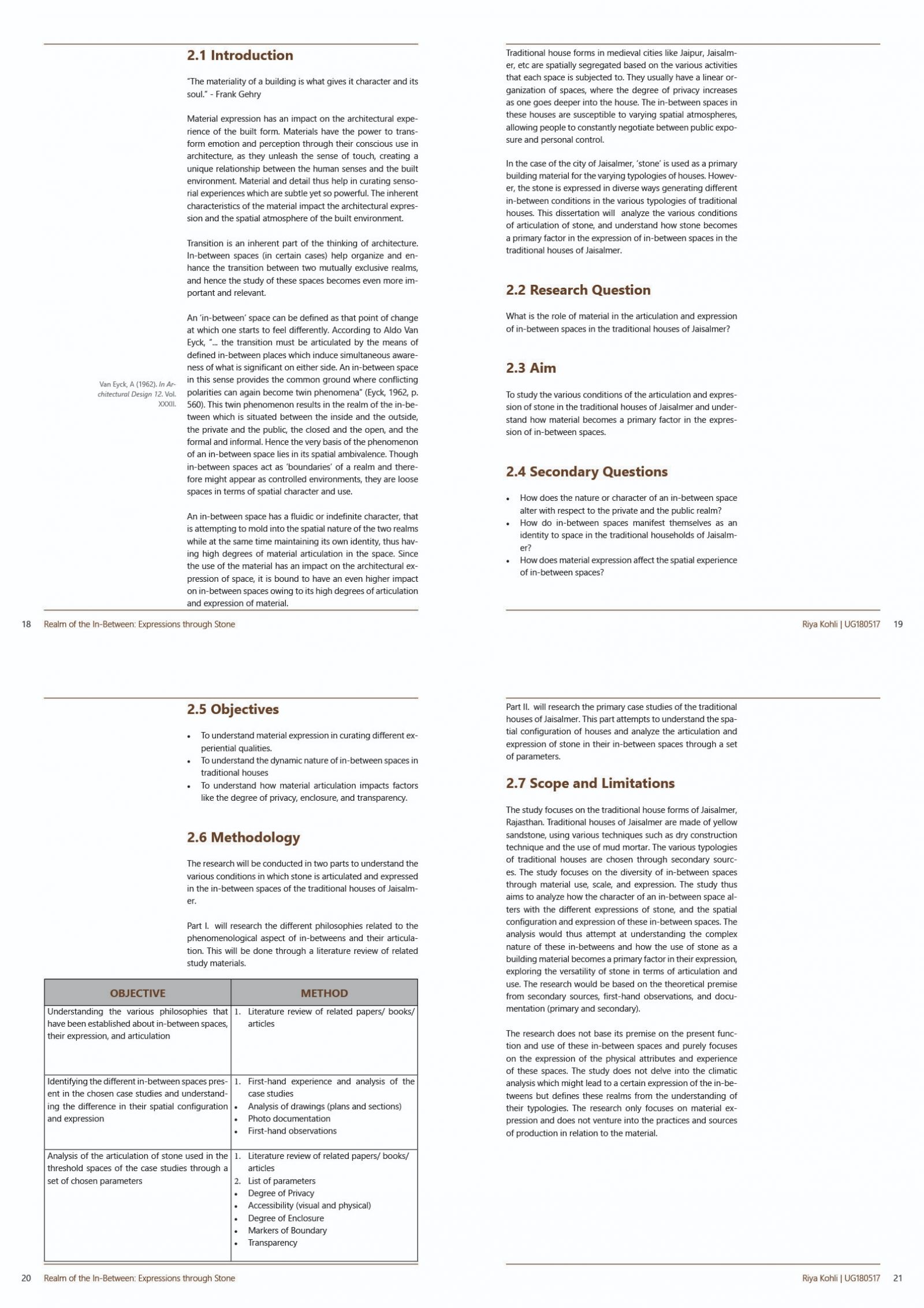Your browser is out-of-date!
For a richer surfing experience on our website, please update your browser. Update my browser now!
For a richer surfing experience on our website, please update your browser. Update my browser now!
Architects since ages have used different materials to curate distinct spatial atmospheres. Materials act as tools for an architect to create their masterpiece. Materials properties thus help determine the overall character and spatial atmosphere of the built form. The diverse manifestations of materials can help transform emotions and evoke various kinds of sensorial experiences as the material characteristics and limitations have a strong impact on the character and nature of spaces formed by them. This impact of materials on the spatial atmosphere also affects the nature of the boundaries of that space. The character of boundaries is an essential aspect of the transition through spaces. Architecture, as we know, is built on the concept of the organization of spaces in a spatial sequence. Experiencing spatial environments is thus an inherent part of the thinking of architecture. Transition through these spaces plays a fundamental role in the overall experience of these spaces and it is thus an inevitable part of our everyday lives. Threshold or in-between spaces help organize transition making them crucial elements for the phenomenon of transition to take place. An in-between or a threshold space is that point of transition that induces simultaneous awareness of two spatially different heterogeneous realms. An in-between characterizes a change in the spatial atmosphere of the space and gives the impression of invitation and rejection into space by generating feelings of attachment and detachment at the same time. The spatial nature of an in-between is thus indefinite due to its tendency to behave according to the spatial character of the two polar realms. Traditional houses in medieval cities (like Jaipur, Jodhpur, Jaisalmer, etc) possess a very strong sense of spatial zoning or segregation of spaces. The in-betweens in these houses are thus prominent spaces that help in the overall organization of spaces in the spatial sequence. The spatial nature of these in-between spaces gets manifested through the different ways in which the material is expressed. For example, the use of stone in the traditional houses of Jaisalmer allows for the material to be expressed in different ways which alter the nature of the boundaries, or the in-between spaces (especially between the private and the public) affecting parameters like accessibility, degree of privacy, degree of enclosure, etc. This diverse manifestation of stone creates various expressions in the in-betweens through which these parameters are cleverly manipulated according to the need. This dissertation focuses on the study of the Realm of the In-Between and the impact of material on the expression and experience of in-between spaces in the traditional houses of Jaisalmer. It is a qualitative research basing its premise on the relevant literature study to understand the meaning and character of in-betweens and on-site documentative and analysis of traditional houses having different typologies of in-between spaces. On-site observations, secondary sources, and interviews with local people will further help to decode the spatial characteristics of the in-between spaces and understand how the articulation and expression of material becomes a primary factor in the experience of in-between spaces.

.jpg)
.jpg)
(1).jpg)
.jpg)
(1).jpg)
.jpg)
(1).jpg)
.jpg)
.jpg)